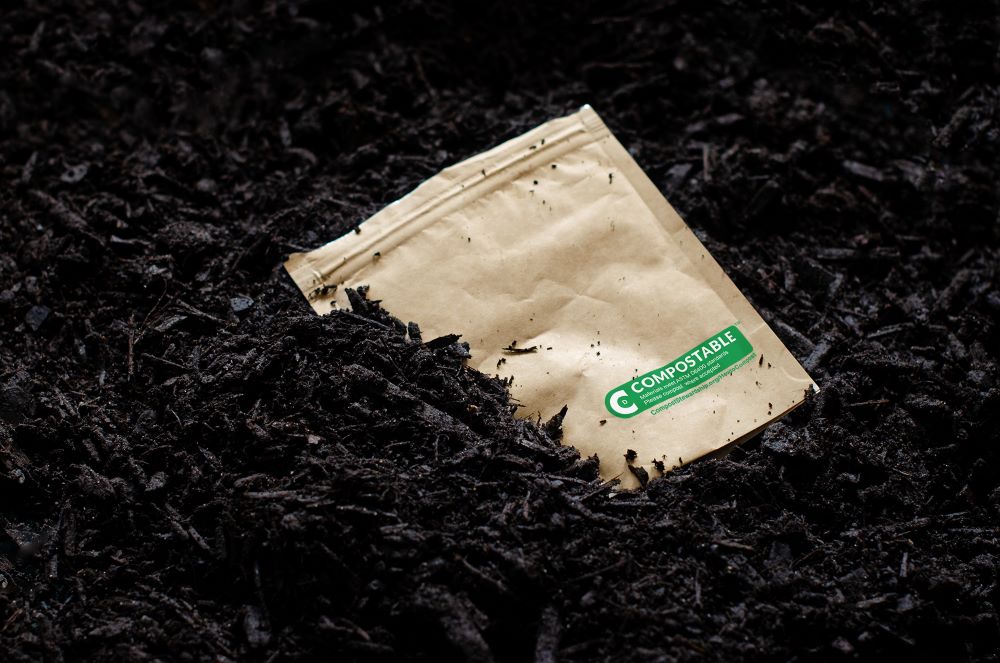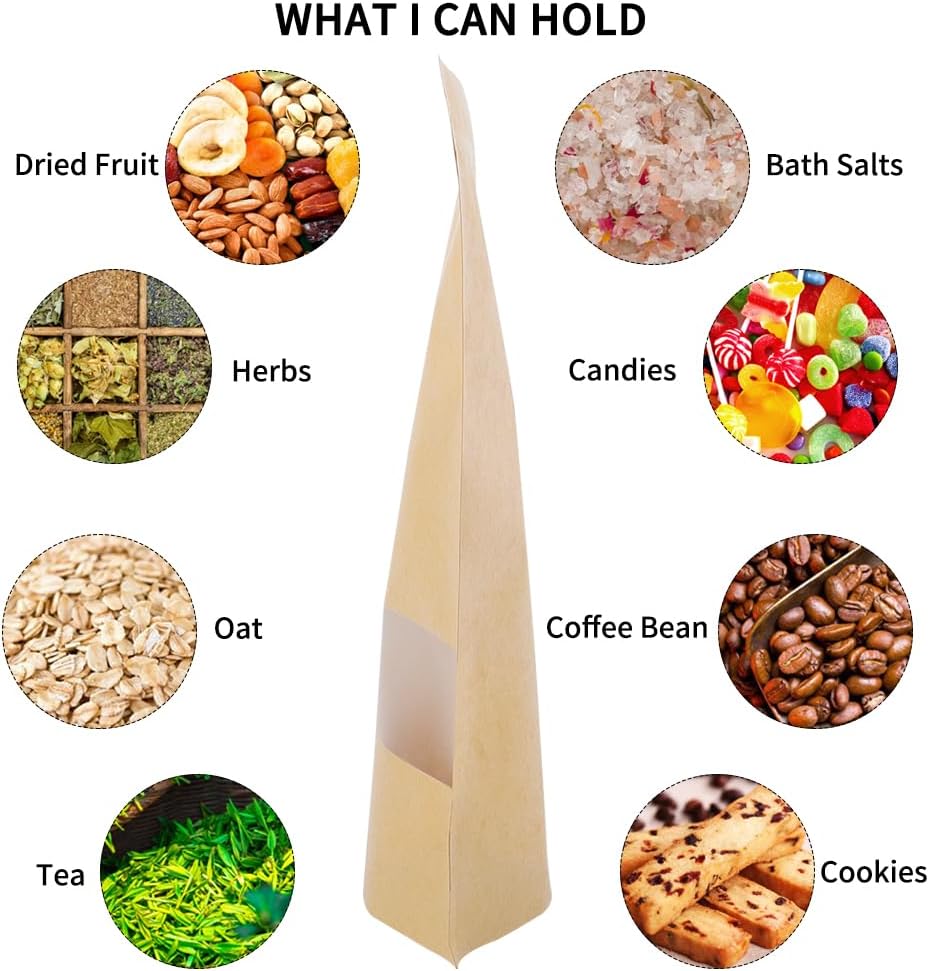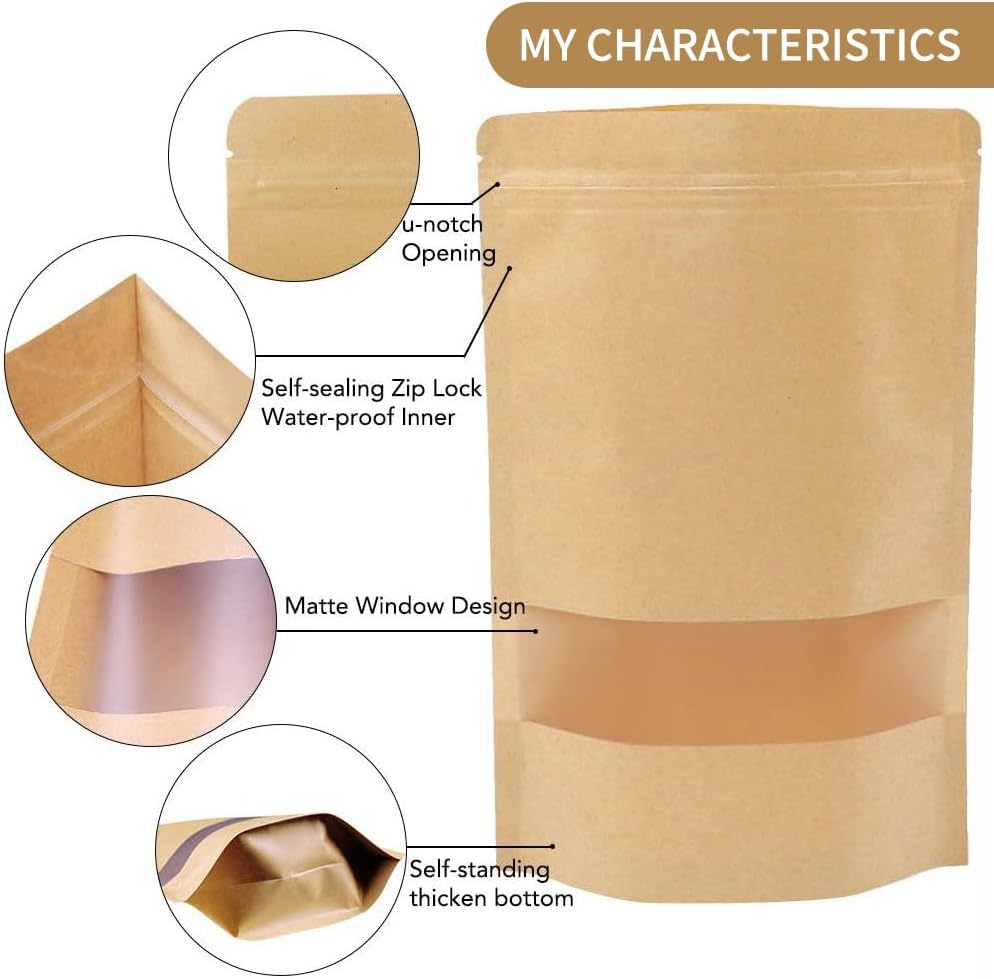In an environmentally conscious world, biodegradable food packaging can be a game-changer in the food industry. We are looking to reduce our footprint on the earth as much as possible, so it is vital that we understand the whole array of its benefits and drawbacks so we can make informed decisions.
Here at ColorfulPackaging, we are at the forefront of researching these types of packages so we can give you the most suitable and environmentally friendly solutions.

The Advantages of Biodegradable Food Packaging
Environmental Preservation
Perhaps one of the most irresistible reasons to use biodegradable food packaging is its eco-friendly advantage. Traditional packaging materials, particularly single-use plastics, are amongst the globe’s largest waste disposal concerns. Plastics degrade over centuries, pollute dumps, choke marine life, and end up in water bodies.
In contrast, biodegradable packaging disintegrates into natural components such as water, carbon dioxide, and biomass within a relatively short period. For instance, plant-based packaging from bamboo or hemp can disintegrate within a few months under favorable conditions. The rapid disintegration reduces the quantity of waste landfilled and limits the risk of pollution to the environment.
Our solution at ColorfulPackaging includes biodegradable items that not only are friendly to the planet but come in a variety of designs to match different food options. From a vibrant pouch for chips to an elegant box for specialty foods, we’ve got you covered.

Renewable Resource Utilization
The majority of biodegradable food packaging is derived from renewable resources, offering a natural alternative to fuel-based plastics. The majority of biodegradable materials are produced from agriculture waste or high-growth crops. For example, cornstarch, a widely used element in biodegradable packaging materials, is a replenishable resource that can be cropped annually.
By utilizing such products, we reduce our dependency on non-renewable resources and save natural stores. Furthermore, the production of biodegradable packaging materials from renewable resources is less energy-intensive compared to the production of conventional plastic, which reduces its carbon footprint even more.
We at ColorfulPackaging source our biodegradable materials from eco-friendly farms and suppliers. This not only ensures that our products are eco-friendly, but they also encourage ethical and sustainable practices in the supply chain.
Meeting Consumer Requirements
Consumers today are more environmentally conscious than ever before and are actively seeking products that have sustainable packaging. In a recent study by a leading market research firm, over 70% of consumers are willing to pay a premium for food products with sustainably packaged food.
With biodegradable food packaging, food companies can not only meet customer demand but also differentiate themselves in a competitive marketplace. This can lead to increased brand loyalty and more customers since consumers are likely to end up supporting brands that have similar values.
Our packaging designs at ColorfulPackaging are crafted with today’s consumer in sight. We recognize that green doesn’t always only mean one thing; it can also make a statement. Which is why our biodegradable packaging not only works, it’s stunning, too — which makes your product stand out from the rest on the shelf.
Regulatory Compliance
The government around the world is adopting new regulations in their efforts to battle plastic waste and promote environmentally-friendly packaging. A majority of countries have adopted single-use plastic bans or regulations, and there is a move towards making the utilization of biodegradable or compostable packaging compulsory.
Following these regulations, food companies can use biodegradable food packaging to ensure compliance and avoid any fines or penalties. It also renders companies liable corporate citizens that increase their prestige and reputation before the consumers as well as governing agencies.
At the time that you opt with ColorfulPackaging, we can assure that our biodegradable packaging product offerings are thoroughly in compliance with global and regional legislations. We stay apprised regarding current regulatory compliance announcements so your business is continually in compliance with legislation.
The Disadvantages of Biodegradable Packaging for Food
Higher Costs
One of the biggest problems with biodegradable food packaging is that it costs more. Production of biodegradable materials involves a more complex process and is done with special equipment, so they cost more to make than traditional packaging materials.
Additionally, raw materials found in biodegradable packaging, such as plant-based polymers, are potentially more expensive than fossil-fuel-based plastics. Therefore, the food producers are able to realize more expensive packaging costs, and subsequently they can pass these costs on to consumers in the form of increased product prices.
Increased cost can make products of biodegradable packaging unaffordable to price-sensitive consumers, thus possibly limiting their market penetration.
We understand the budget concerns at ColorfulPackaging. That’s why we’re always looking for new ways to reduce costs without compromising quality. We’re looking into new methods of production and economies of scale to make our biodegradable packaging affordable to all companies.
Performance Limitations
Biodegradable food packaging is not always as good as traditional packaging in terms of functionality and durability performance. Certain biodegradable products have weaker barrier properties against oxygen, water, and light, with the possibility of affecting shelf-life and food quality.
For example, biodegradable plastic films for packaging cannot be as effective as traditional plastics in preventing the oxidation of oil-based foods or spoilage of perishables. In addition, biodegradable packaging is often more prone to tearing, piercing, and fracturing when in the process of being handled and shipped, and this increases product damage and wastage risk.
Our ColorfulPackaging team has a focus on research and development. We are constantly testing and optimizing our biodegradable packaging to make it perform better. We’re also attempting to blend different biodegradable materials in order to produce packaging that can take advantage of the strengths of both worlds, both in functionality and sustainability.
Inconsistent Degradation
The degradation of biodegradable food packaging is highly dependent on a number of specific environmental conditions, and there usually is no uniformity to the degradation process. While biodegradable packaging is designed to degrade within a comparably short period, temperature, moisture, and the presence of microorganisms can all significantly affect the rate of degradation.
In certain situations, biodegradable packaging is slower to degrade than anticipated, particularly in circumstances that are unfavorable to biodegradation — e.g., landfills or freezing conditions. Such inconsistency can create challenges for consumers and waste collection systems to be able to determine the shelf life of biodegradable packaging and could result in confusion and incorrect management.
We commit to providing clear information about the degradation process of our biodegradable packaging at ColorfulPackaging. We label our products with detailed advice on the optimal way to aid effective degradation, either household composting or industrial composting plant disposal.
Inadequate Infrastructure
Extensive consumer use of biodegradable food packaging requires an excellent infrastructure for collection, sorting, and processing. Nowadays, a majority of territories lack the adequate facilities to manage biodegradable waste effectively.
Without proper facilities, biodegradable packaging would be deposited on landfills or incineration plants, and it may fail to degrade in the manner sought or may actually release toxic gases when it’s burned. In addition, the lack of standard labeling and certification of biodegradable packaging makes it difficult for consumers to distinguish genuine biodegradable products from those labeled as biodegradable but are not, thus complicating the process of waste management.
We’re actively campaigning for better waste management infrastructure and higher standard labeling across the industry. At ColorfulPackaging, we’re also working with local governments and waste management suppliers to increase biodegradable packaging collection and processing in our local communities.

Conclusion
Summing up, biodegradable food packaging has great potential to reduce our footprint and make the food industry more sustainable. However, it is also necessary to pay attention to and overcome its limitations.With investment in research and development, improvement of production processes, and building the necessary infrastructure, we can overcome the gap and propel biodegradable food packaging as a more viable and ubiquitous solution for addressing this problem.You, consumers, can make a difference. Choose items with biodegradable packaging when available. And as businesses, it’s time to act. Explore the biodegradable packaging products provided by ColorfulPackaging.Let us create a greener tomorrow for ourselves and our future generations together. Let us transition to biodegradable food packaging and be part of the solution to our planet’s environmental problems.
